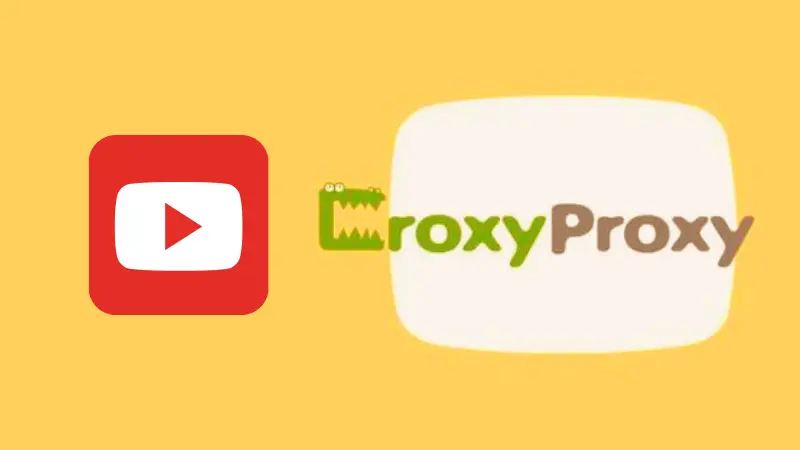It is sometimes intimidating to come up with a decision while being unable to understand internet technology in general. We often get confused especially if we have heard about these technologies (which are being used to deliver the connection you want within your home) while not really knowing what they do or how they do it.
We are here to inform you that we are happy to give you a hand and guide you throughout your journey. This simple guide will walk you through and help you understand these simple concepts better and help you choose the best solution for you. These include the different types of internet connections that may be accessible in your area, the way they work, or any limitations with their features.
Read Also: Stream2watch and Its Alternatives
The Cable Internet
The cable is one of the most widely used and common types of internet connections, and you often find it bundled in with phone landline services and some television packages. And the reason for that is the cable internet uses the exact same coaxial connections as cable TV.
The way it works is that your ISP or Internet Service Provider will send a technician to your residence to make sure that your home is compatible and has the right wiring for the job.
Then here is where the coaxial cables come into play which connects a modem or a wireless gateway. From the other end of that connection is a neighborhood node that provides the service to all homes in the area. That is where the source of connectivity comes from.
With this type of connection, the speed might vary depending on your area, your internet plan, and other factors. Some of the noteworthy providers are Charter Spectrum, Comcast Xfinity, and Cox Communications.
Read Also: AnimeUltima and Its Alternatives
The DSL Internet
Some of the noteworthy providers are Windstream, Frontier Communications, AT&T, Verizon, and CenturyLink.
DSL means “Digital Subscriber Line” and it is widely available in areas where there might not be access to cable or fiber internet which will be explained later on. With the DSL, the internet connection will be running through your phone lines.
DSL is simply best for those who are in rural communities and are looking for a reliable and affordable internet connection. But unlike other options, there will be some lag in speeds. This can also be a cheaper and much budget-friendly alternative to satellite internet.
Satellite Internet
Some of the noteworthy providers of these are HughesNet, Viasat, and Starlink. This type is one of the most widely used and available types of the internet since it doesn’t rely on ground-laid infrastructures unlike cable, cellular towers, or antenna connections. But unlike the other examples, you’ll use a special dish to connect with satellites orbiting far overhead.
Fixed Wireless Internet
Some of the noteworthy providers of these are Rise Broadband, Etheric Networks, UnWired Broadband. Fixed wireless connections best works for those communities which have insufficient resources needed for a DSL. Fixed wireless internet speeds run from 5-50 Mbps.
Fiber Internet
According to the name itself, fiber refers to an internet connection that sets and comes from your home through fiber-optic cable, which uses pulses along these fibers of either plastic or glass to transmit data. Up until now, it is the fastest of all the traditional internet connections. It has a speed range of 2 gigabytes or 2,000 Mbps. Perfect enough to download a whole game for a few minutes.
This is much faster because of the fiber-optic cables. Though this type of connection is a lot more expensive, it could be more worth it if you’re looking for the max performance of service to your internet connection. Some of the noteworthy providers are Google Fiber, MetroNet, Verizon, Frontier, CenturyLink, and AT&T.
Cellular Internet
This option is considered to be transmitted through thin air, which is, from the cellular connection. The speeds may vary though because it would be mostly dependent on the area of where you are and how close you could be to a cellular tower. If you are in a city or other places with a strong cellular structure, then it is highly expected that your connection could go up to 5 gigabytes or 5,000 Mbps. Some of the noteworthy providers are AT&T, T-Mobile as well as Verizon.
Read Also: Alternatives to KissCartoon and Working Websites of Cartoon Enthusiasts















